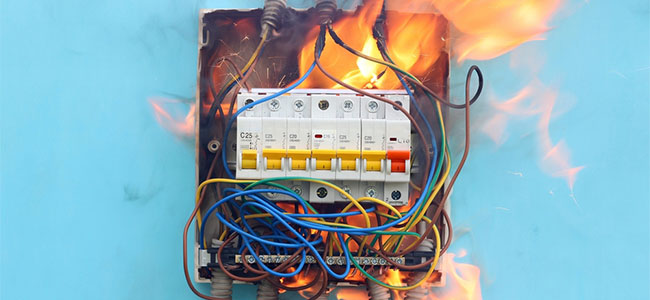
Page 2 of 3
Preventing Electrical Accidents on Job Sites
Fire
Electrical distribution fires may usually occur due to problems with "fixed wiring," such as old, damaged wiring or faulty outlets. Issues with cords, receptacles and switches can also cause electrical fires.
Explosions
An electrical explosion may occur when it ignites an explosive mixture of materials in the air.
Electrical Safety Tips for Employers, Workers
Electricity is widely recognized as a serious workplace hazard, and related accidents can result in serious injuries. Under OSHA law, employers must provide workers with a reasonably safe work environment. For this reason, employers should set the standard of safety on job sites by implementing strategies to reduce electricity-related risks and prevent accidents.
Identify Hazards
According to the Centers for Disease Control and Prevention (CDC), some of the most dangerous electrical hazards on job sites include the following:
- Inadequate wiring
- Exposed electrical parts
- Overhead powerlines
- Defective insulation
- Overloaded circuits
- Wet conditions
- Damaged tools and equipment
- Improper PPE
Evaluate Hazards
Employers should advise workers to first look for clues if they believe an electrical hazard is present. For example, tripped circuit breakers or blown fuses may suggest too much current running through a circuit. Evaluate the "clue" and then decide what course of action to take to control the risks the hazards present.
Control Hazards
If there is a "clue" that an electrical hazard is present, controlling contact with the electrical voltages and currents is important. The CDC recommends these strategies to help control electrical hazards and create a safe work environment:
- Lock out and tag out circuits and machines
- Use the right size and type of wire to prevent overloading
- Isolate live electrical parts to prevent exposure
- Use insulation to prevent exposure to live wires and parts
- Ground electrical systems and tools to prevent shocking currents
- Use GFCIs to prevent shocking currents
- Use overcurrent protection devices to prevent overloading circuits with too much current